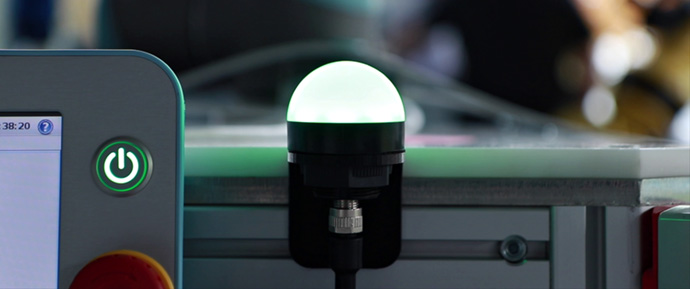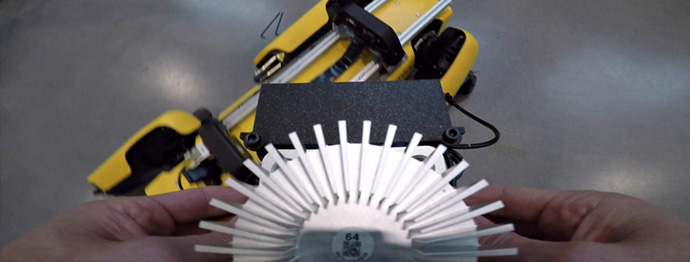Three tips for when to develop a safe robot product
As a developer, you can easily get lost in functionality and forget about a particularly crucial aspect that is vital to the product's success: safety. A robot specialist from the Danish Technological Institute provides three tips for achieving a safe robot technology.
The market for robots is growing every year, and the development of the robots is happening at such a high speed that it can be difficult for people to keep up.
At the same time, robots are becoming more widespread and must be able to share workspaces with humans to a greater extent.
However, the lack of an overview of current safety norms and standards, and information about where to find the right help, can slow the development of the robot product.
Kasper Camillus Jeppesen, a specialist at the Danish Technological Institute (DTI), gives his opinion about what to be aware of when developing a safe robot product.
TIP #1: Keep track of your requirements specifications
When starting your robot development adventure, most people have a good idea of what the robot product should be able to do and how it can make a difference.
But that is not enough.
It is important when you make a new robot product to control all of your requirement’s specification. This applies not only to functionality but also to safety. What many people forget is not only thinking about the product, but also the environment, the people in the environment, and the operator who will use the robot. All of these give parameters that affect safety.

TIP #2: Include safety from the start
When designing your new robot product, of course, you think primarily of application and functionality, because you are an expert in your domain and in your robot type. But it is important that you do not forget about safety.
Functionality and safety go hand in hand. Including safety from the start can help you define your functional requirements.
On the other hand, you should not be afraid to develop state-of-the-art functionality, because there is also a separation between functionality and safety. For example, sensors such as laser scanners or cameras can sometimes be used for both safety and functionality.
When choosing your sensors and other technologies, it is therefore important to pay attention to whether they contribute to functionality, safety or both.

TIP #3: Get help early in the process
A robot developer rarely has all the expertise in-house. Especially when it comes to complicated topics such as safety, it can be very difficult to find the relevant head and tail amongst legal texts, directives, requirements, and standards -- right down to meticulous details such as the way to implement specific sensors.
Therefore, it is important that you get external help early in the process and think about safety throughout your iterative development process.
For example, we find that many developers do not know how to legally categorize their robot. Therefore, it can be difficult to find the right directives and the right standards and actually pull out the specific requirements that permit their robot solution to be certified safe at last.
If you need help to get full control of the safety of a new robot product, do not hesitate to contact us so we can help you further.